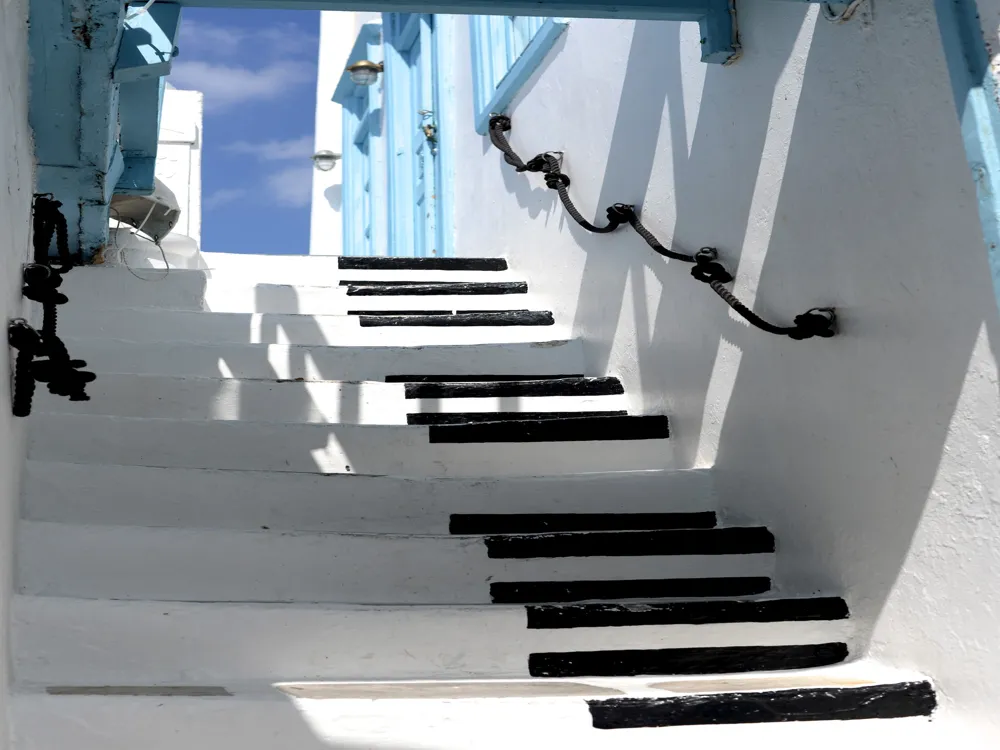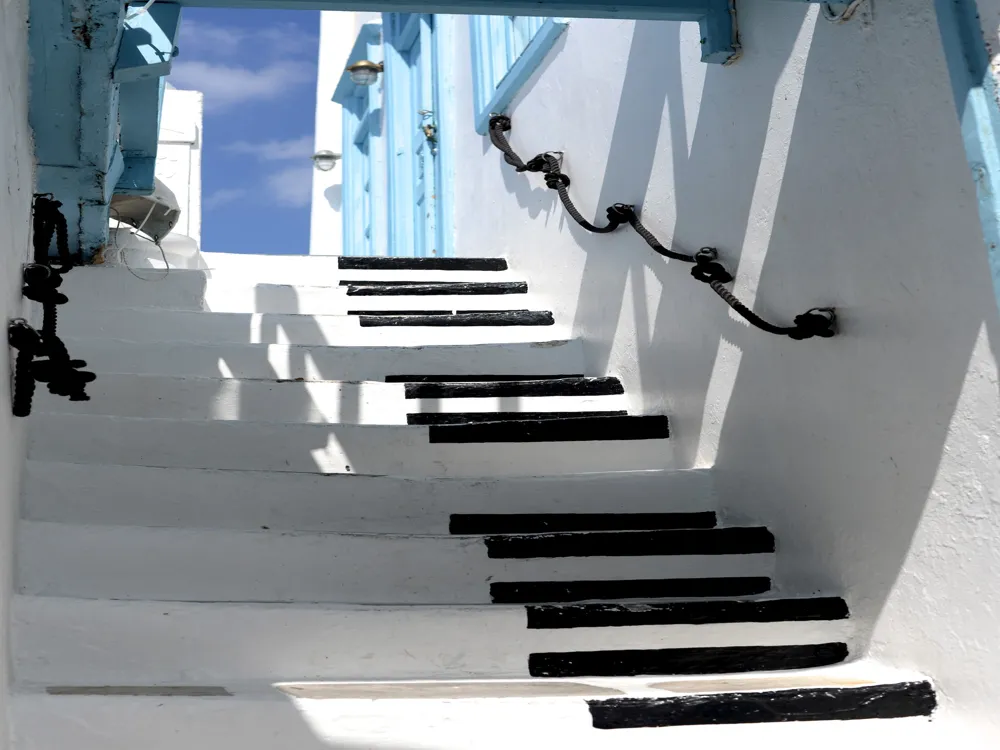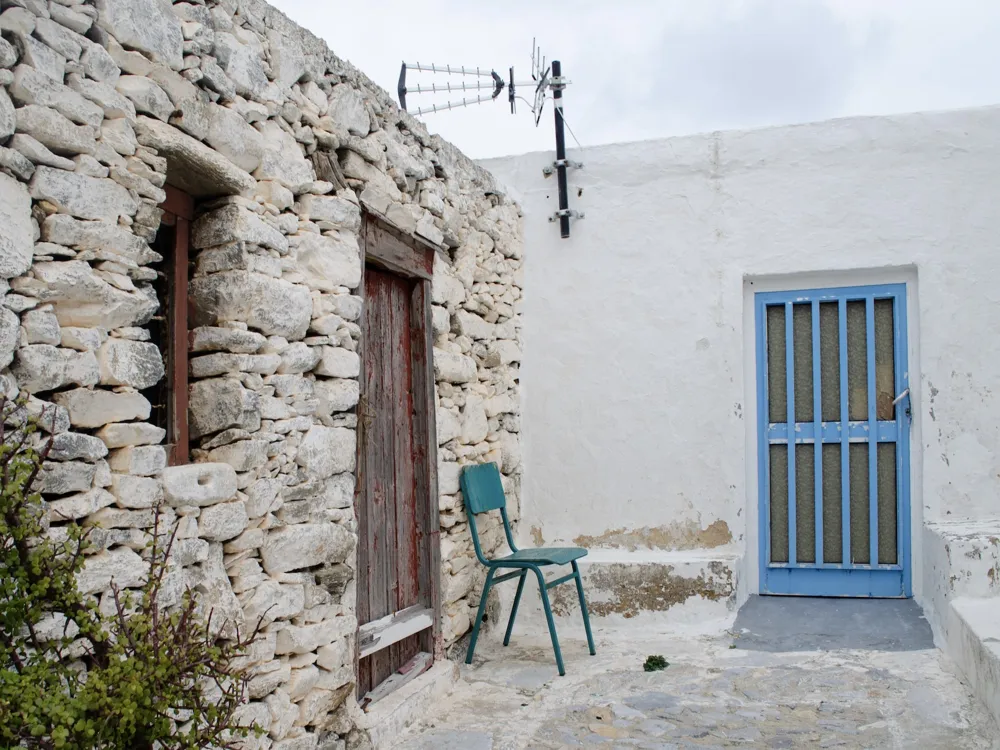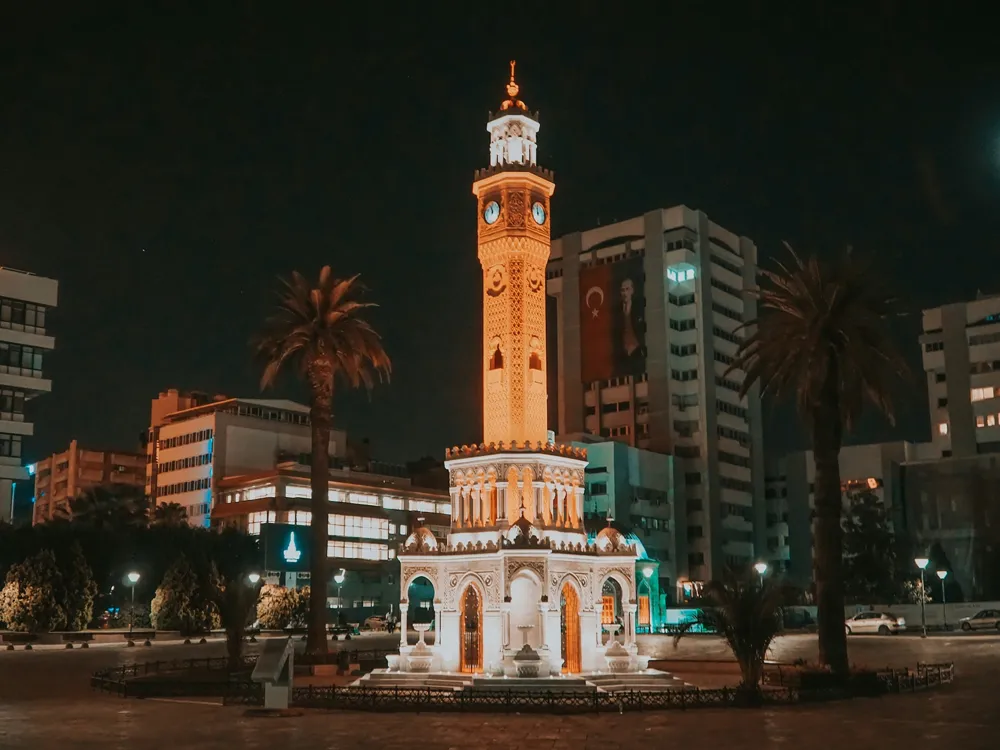The Archaeological Museum of Mykonos, a gem nestled in the heart of the enchanting island of Mykonos, Greece, stands as a beacon of ancient history and culture. Established in 1902, this museum is renowned for its impressive collection of artifacts that date back to the Prehistoric and Hellenistic periods. The museum's primary focus is on exhibiting items excavated from the nearby island of Delos, a UNESCO World Heritage Site. These artifacts offer a fascinating glimpse into the rich historical tapestry of the Aegean civilizations. Upon entering the museum, visitors are greeted by a range of exquisite exhibits that include pottery, sculptures, jewelry, and tools, each telling its own story of a bygone era. Among the museum's most prized possessions is the large collection of vases from the Geometric period, showcasing intricate designs and motifs that reflect the artistic prowess of ancient Greek craftsmen. Notably, the museum also houses the famous 'Pithos of Mykonos', a large jar adorned with scenes from the Trojan War, offering a unique insight into ancient Greek mythology and storytelling. The museum's layout is thoughtfully designed, guiding visitors through a chronological journey that highlights the evolution of the region's art and culture. Each room is dedicated to a specific historical period, allowing for a comprehensive and immersive experience. The museum not only serves as a treasure trove of ancient artifacts but also as an educational hub, providing valuable insights into the daily lives, religious practices, and social structures of ancient Aegean civilizations. The Archaeological Museum of Mykonos is a masterpiece of neoclassical architecture, designed by the renowned Greek architect Alexandros Lykakis. Constructed in 1902, the building's design was inspired by the architectural trends of the time, blending classical elements with modern aesthetics. The museum's facade is characterized by its elegant simplicity, featuring a symmetrical layout with a central entrance flanked by Doric columns. This grand entrance leads into a spacious atrium that serves as the heart of the museum. The building's interior is equally impressive, with high ceilings and large windows that allow natural light to illuminate the exhibits. The use of white marble and fine woodwork throughout the museum adds to its classical charm, creating an ambiance that is both grandiose and welcoming. The museum's layout is meticulously planned, with each exhibit room seamlessly flowing into the next, ensuring a cohesive and uninterrupted visitor experience. One of the architectural highlights of the museum is its central hall, which houses some of the most significant artifacts. This space is designed with an attention to detail that enhances the display of each piece, allowing visitors to fully appreciate the craftsmanship and historical significance of the exhibits. The museum's use of modern lighting and display techniques further accentuates the beauty of the artifacts, while providing an educational context to each exhibit. Visiting the museum during the early morning or late afternoon can help avoid the crowds, providing a more intimate experience with the exhibits. The museum is less crowded during the weekdays, making it an ideal time for those seeking a quieter visit. Consider opting for a guided tour to enhance your understanding of the artifacts and the history behind them. Knowledgeable guides offer valuable insights and can answer any questions you might have about the exhibits. Wearing comfortable shoes is recommended as there is a fair amount of walking involved. The museum is climate-controlled for the preservation of artifacts, so dressing in layers can help accommodate varying temperatures. While photography may be allowed in certain areas of the museum, it's important to check the museum's policy beforehand. Flash photography is usually prohibited to protect the artifacts. The museum is accessible to visitors with disabilities, featuring ramps and other facilities. It's advisable to contact the museum in advance for any specific accessibility needs. The Archaeological Museum of Mykonos is located in the town of Mykonos, easily accessible by various modes of transportation. Visitors can reach the museum by local bus services, which offer frequent trips to and from the museum. For those preferring a more private mode of transport, taxis are readily available throughout Mykonos. Additionally, for visitors arriving by cruise ship or private boat, the museum is just a short walk from the old port. There is also ample parking near the museum for those who choose to rent a car or scooter, providing a convenient option for exploring the rest of the island. Read More:Overview of the Archaeological Museum of Mykonos
Architecture of the Archaeological Museum of Mykonos
Tips When Visiting the Archaeological Museum of Mykonos
Best Time to Visit
Guided Tours
Dress Code and Comfort
Photography
Accessibility
How to Reach the Archaeological Museum of Mykonos
Archaeological Museum of Mykonos
Mykonos
NaN onwards
View mykonos Packages
Weather :
Tags : Museum
Timings : 8:30 - 15:00
Entry Fee : EUR 2
Planning a Trip? Ask Your Question
Mykonos Travel Packages
View All Packages For Mykonos
Top Hotel Collections for Mykonos

Private Pool

Luxury Hotels

5-Star Hotels

Pet Friendly
Top Hotels Near Mykonos
Other Top Ranking Places In Mykonos
View All Places To Visit In mykonos
View mykonos Packages
Weather :
Tags : Museum
Timings : 8:30 - 15:00
Entry Fee : EUR 2
Planning a Trip? Ask Your Question
Mykonos Travel Packages
View All Packages For Mykonos
Top Hotel Collections for Mykonos

Private Pool

Luxury Hotels

5-Star Hotels

Pet Friendly





















